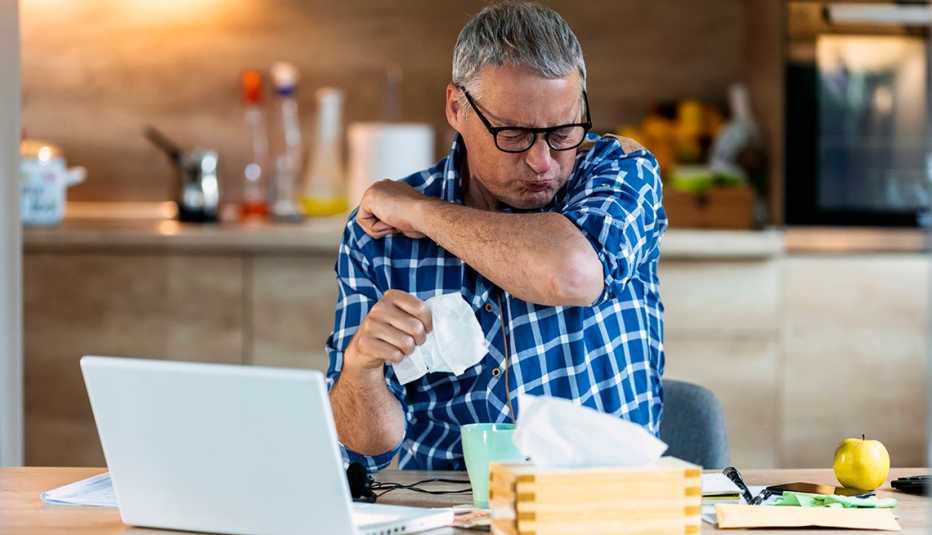Staying Fit
Using an at-home medical test may feel a little like playing doctor, but it shouldn’t. Even before the pandemic turned nose swabbing into an art form, plenty of Americans were buying direct-to-consumer tests to assess any number of health matters, from learning cholesterol and hormone levels to finding out whether they’re pregnant or have sleep apnea.
According to the 2022 National Poll on Healthy Aging, conducted by the University of Michigan’s Institute for Healthcare Policy and Innovation in partnership with AARP, almost half of older adults surveyed have purchased at least one kind of at-home health test, and the majority — 82 percent — said they were open to doing so in the future. It’s easy to see why.


AARP Membership— $12 for your first year when you sign up for Automatic Renewal
Get instant access to members-only products and hundreds of discounts, a free second membership, and a subscription to AARP the Magazine.
“These tests can often be more convenient than making a traditional health care appointment and can be done in the privacy of your home,” says Jeffrey Kullgren, M.D., director of the National Poll on Healthy Aging and vice chief for research and innovation in the Division of General Medicine at the University of Michigan. Plus, “advances in technology have made it possible to test for more conditions or risk factors at home.”
Convenience is nice, of course, and improved technology is key. But can at-home tests be trusted? The answer to that question can be found inside the packaging in the fine print that — let’s face it — no one likes to read.
“Consumers should make sure they know whether the test they are taking is approved by the U.S. Food and Drug Administration, and how their health or genetic information might be shared,” says Indira Venkat, senior vice president of AARP Research.
Reading the package insert isn’t the only way to find out whether a particular test is regulated by the FDA. You can also ask your pharmacist, contact the manufacturer of the test or check the FDA’s online database of approved at-home tests. (COVID-19 tests that have been authorized by the FDA are listed here.)
Whatever method you choose, keep in mind: Even if you have a green light from the FDA, that doesn’t make it OK to bypass your health care provider.
“Discuss any at-home test with your doctor or health care provider” in advance, says Kullgren. “While there are times when an at-home test may be a good option, there are other times when an evaluation by a health care professional would be the quickest and most effective way to identify risks for future health conditions or the cause of a new symptom.”
Same goes for sharing the results of any at-home test. Kullgren says these should be discussed with your doctor to determine if any additional tests or treatments are needed.
“Under no circumstances does an at-home medical test give the power or the responsibility to the patient to manage their own condition,” adds Alberto Paniz-Mondolfi, M.D., associate professor of pathology, molecular and cell-based medicine at the Icahn School of Medicine at Mount Sinai.
Keep reading for what you need to know about some of the at-home tests commonly used among adults ages 50 to 80.







































































